Top 5 Small Home Cell Signal Boosters for
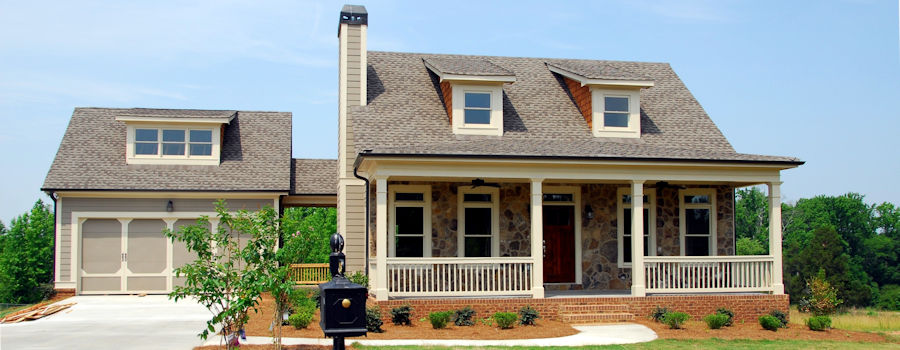
Updated
Cell phone signal boosters that can cover homes under 2,500 square feet are available at a wide range of prices and performance levels.
Small-home boosters usually have more modest gain (60–65 dB) than large-home boosters (70–100 dB).
Powerful Signal has tested small-home cell phone signal boosters from leading manufacturers; here are our top five recommended systems for this year, sorted by price:

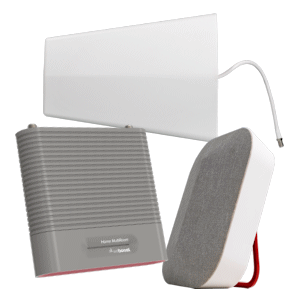
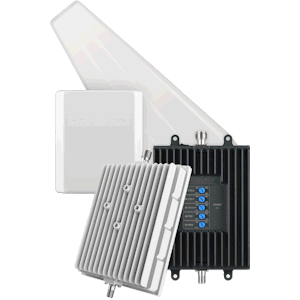
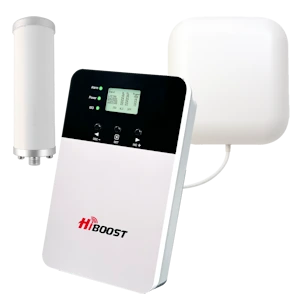
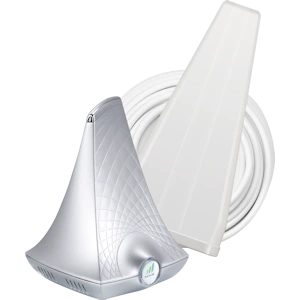
Notes
1 Measured in RSRP. Gain is the increase in the strength of the signal that the booster is able to produce. The higher the maximum gain, the stronger the signal the cellular phone will receive. Gain is measured in decibels (dB), which are logarithmic: An increase of 3 dB doubles the signal strength, an increase of 10 dB is ten times the signal strength, and an increase of 20 dB is one hundred times the signal strength. A booster’s maximum gain varies across the different cellular frequencies it supports; some frequencies will have a higher maximum gain; others, lower.
2 Downlink power is the amount of output power the booster uses to send data to cell phones in its broadcast range; the more downlink power, the more indoor area the booster can cover. Downlink power is measured in decibel-milliwatts (dBm), which are a logarithmic measurement of milliwatts (mW): 10 dBm is 10 mW of power (one-one hundredth of a watt); 13 dBm is about 20 mW of power (one-fiftieth of a watt), twice that of 10 dBm. The figures in the table above are the booster’s average downlink power across all the cellular frequencies it supports and are drawn from test data submitted to the FCC.
3 Most cell phone signal boosters are carrier agnostic—they amplify signal for all major cellular carriers at the same time. Boosters by Nextivity amplify one carrier at a time; you can boost your choice of Verizon, AT&T, T-Mobile, UScellular, and GCI Alaska.
4 Coverage figures are estimates under optimal conditions. Your coverage may vary.
5 Uplink power is the amount of output power the booster uses to send data to a cell tower’s antenna; the more uplink power, the greater the sending range of the booster. Uplink power is measured in decibel-milliwatts (dBm), which are a logarithmic measurement of milliwatts (mW): 20 dBm is 100 mW (one-tenth of a watt); 25 dBm is 316 mW (about one-third of a watt), over three times the power of 20 dBm. The figures in the table above are the booster’s average uplink power across all the cellular frequencies it supports and are drawn from test data submitted to the FCC.
6 Powerful Signal offers a bonus kit for this booster that includes optional features not in the manufacturer’s kit.
7 Cell signal booster systems should use coax cables that match the booster’s impedance. 50-ohm boosters use 50-ohm coax (including ½-inch plenum air, ½-inch foam PE, 400-type, 240-type, 200-type, 195-type, and RG-58); 75-ohm boosters use 75-ohm coax (including RG-11 and RG-6).
8 A smartphone app is listed only if it connects to the booster for the purposes of monitoring its performance or modifying its settings. Manufacturers’ apps that only test existing signal received by the phone are not included in this comparison.
9 Powerful Signal offers a 90-day return on most products. (See our return policy.)

